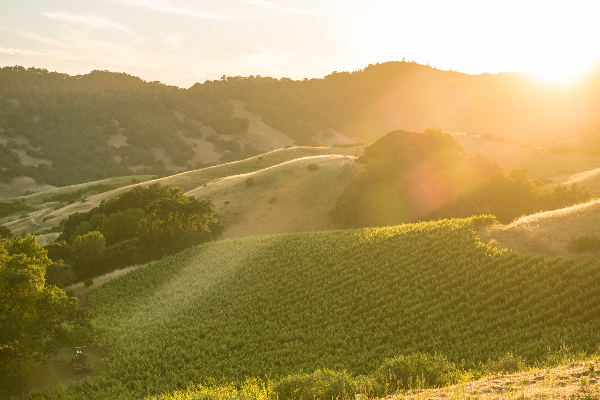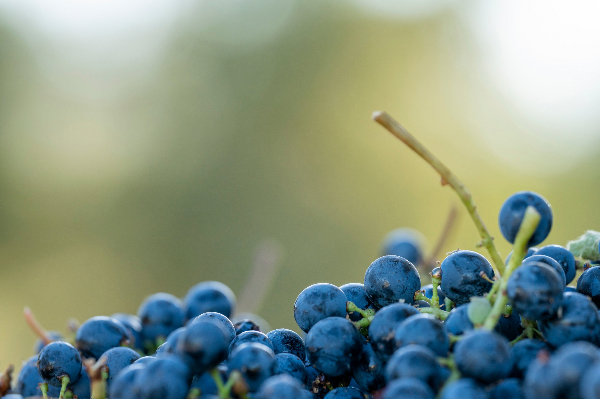Chardonnay and Sauvignon Blanc are single-varietal superstars that showcase Napa Valley’s diverse terroirs and the essence of each grape variety. So why not experience the harmony that happens when Napa producers combine a variety of white wine grapes to create blends? Red wine blends may be more ubiquitous, but Napa’s white wine blends are burgeoning in popularity and ready for the spotlight.
“We are not inventing a new style of wine but marrying Old World methods and grapes to New World terroirs,” says Fritz Hatton, the owner of Arietta winery. Inspired by the white wine blends of Bordeaux, Arietta blends Sauvignon Blanc and Sémillon to create “a blend typically richer and more layered than a pure varietal Sauvignon Blanc.”
White wine blends have always been on the radar of Enrico Bertoz, winemaker for Flora Springs Winery & Vineyards: “I grew up in Friuli, in the northeastern corner of Italy, where blending white indigenous varieties with international varieties has been done for ages.” At Flora Springs, Bertoz encountered something surprising: a singular clone of Sauvignon Blanc that UC Davis confirmed is unique to Flora Springs. The wine was initially produced as a single-varietal Sauvignon Blanc to showcase the clone. But Bertoz and the Flora Springs team “decided a white blend was the best way to capture its complexity and nuances,” so it is now blended with Chardonnay and Malvasia.
Brendel Wines winemaker Brittany Sherwood views white wine blends as a creative way to explore the capabilities of terroir. “Although Cabernet Sauvignon and Chardonnay grow very well in Napa Valley, we are always looking toward the future and like to experiment with alternative varieties. We have two white Portuguese varieties, Malvasia Bianca and Fernão Pires, that both grow very well in St. Helena, and we wanted to showcase what these two aromatic and textured whites can do.” Sherwood blends them with Sauvignon Blanc and Chardonnay to make a “crisp, lively, textured white blend.”
What defines a blend with so many different varieties and styles at play? After all, in Napa, a bottle of wine is labeled as single-varietal if it includes 75 percent of the named grape. Kimberlee Nicholls, the winemaker for Markham, says, “To me, a true blend is a wine crafted with intention, using different parts to create a blend that is more harmonious and delicious than it would be as stand-alone parcels.” Markham’s blend typically incorporates Chardonnay and Sauvignon Blanc, and she believes blends “blur the varietal lines and provide a deliciously balanced glass to enjoy.”
“Other than true single vineyard block and/or single barrel selections, I mostly look at all wines as “blends,” says Arietta’s associate winemaker, Patrick Nyeholt. For him, “blending starts in the vineyard, progresses through our vinification strategies, and finalizes during blending sessions prior to bottling.”
Blends aren’t just an addition to the Paraduxx portfolio; they are the winery’s raison d’être. Its two white blends include Viognier with Chardonnay and a blend of Riesling, Gewurztraminer and Pinot Gris. Winemaker Cardiff Scott-Robinson shares, “Here at Paraduxx, we only make blends, so making a white blend was just what we were going to do. Plus, they are fun to make.”
And they are fun to drink, too. Scott-Robinson encourages wine lovers to not to be intimidated by white wine blends from Napa. “People know what to expect from a Chardonnay or a Sauvignon Blanc. When a white wine is labeled as a blend, there is the unknown factor at play. Sometimes that is daunting. For me, I think that it will provide something new and exciting that one might not find in a single-varietal wine.”




